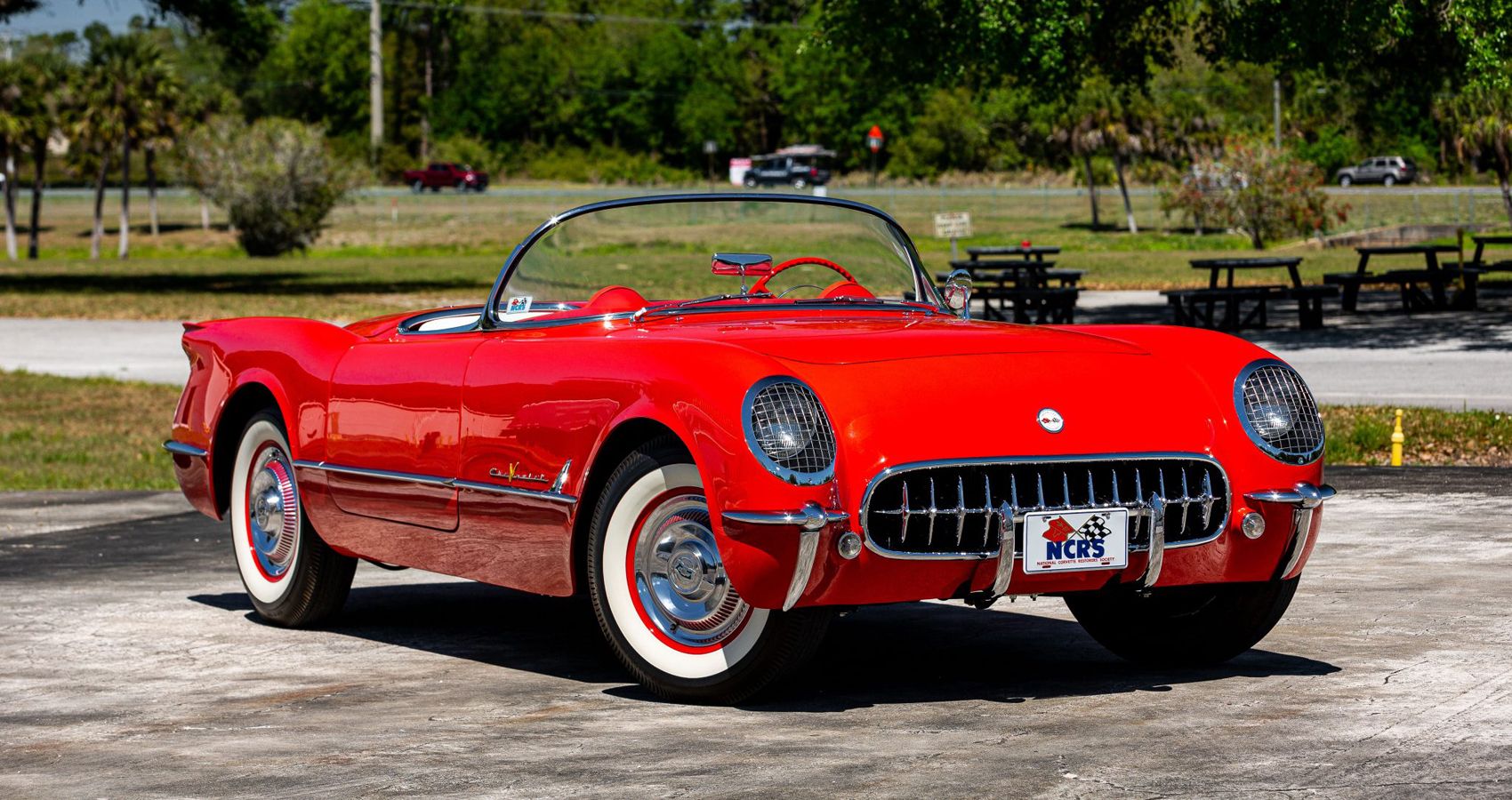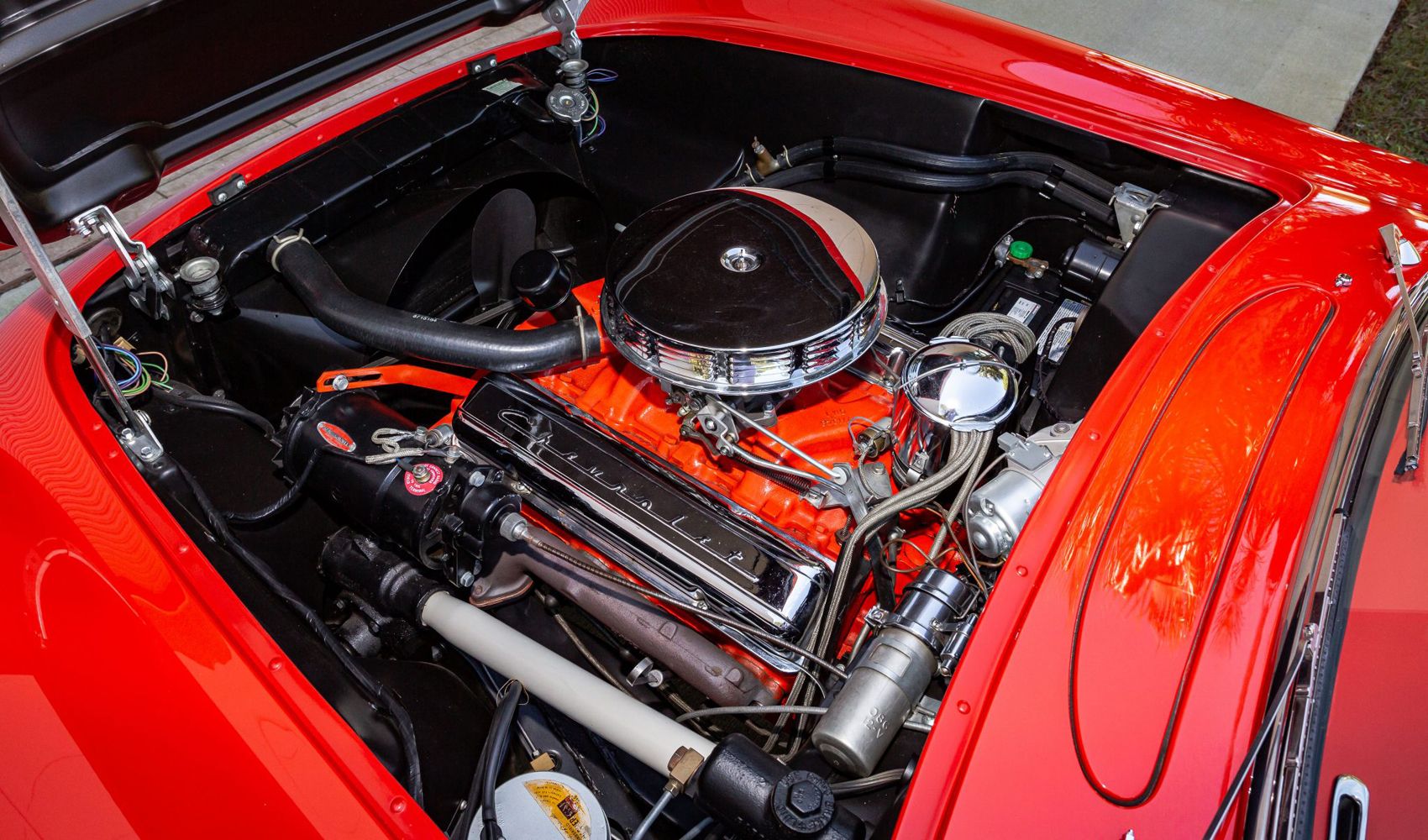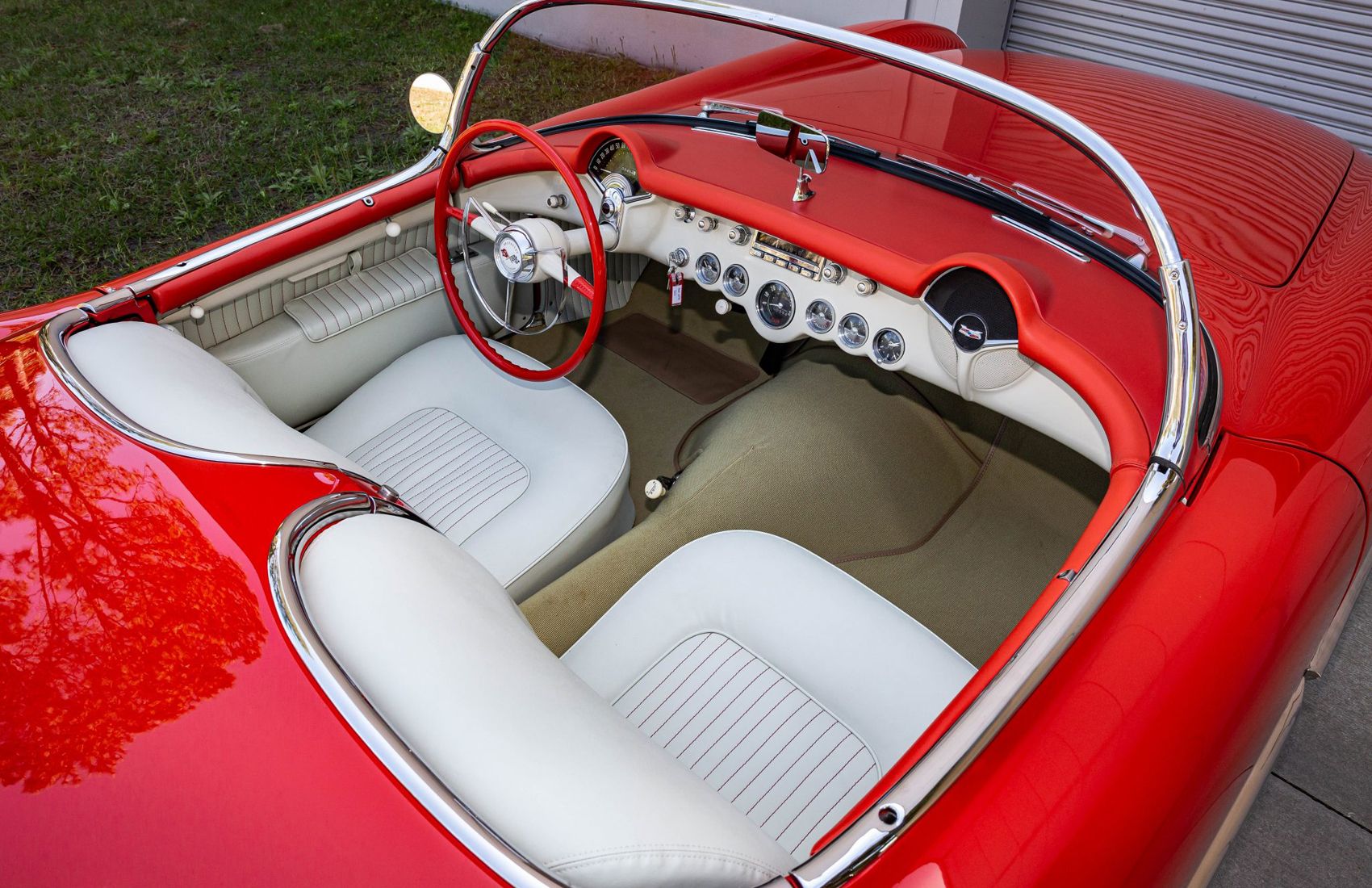In the ‘50s, Chevrolet hit a sales slump of sorts where no car of theirs was enough to make a mark or make some bucks. Chevy’s salvation came in the form of Project Opel, an American take on the lightweight British sportscars of the time, put together with a fiberglass body and a 3.9-liter straight-six engine that ran on a two-speed automatic transmission. It was not a very novel idea, nor a great car, in the beginning, and yet, things did work out in Chevrolet’s favor.
The “Opel” debuted at GM's 1953 Motorama show and despite the lackluster engine and the less-than-thrilling transmission, it received a warm response. Enough for an official 300-car launch, heralding the birth of the Corvette. People did not exactly line up to buy the 1953 Corvette, although we all know this story does have a happy continuance, given the sheer popularity of America’s favorite sports car. Today, it can give higher-priced sportscars a run for their money, especially since 2020 the Vette now comes mid-engined for better balance and drive.
When it comes to the classic Corvettes though, the C1 from 1955 has started to attract attention and moolah. So here’s all that’s special about it, and why you may want to look at one with different eyes.
The History Of The C1 Corvette
Following the GM Motorama reception, Chevrolet rushed the Corvette into production, resulting in the very first 150-horsepower ‘Vette, all 300 of them painted Polo White with red interiors. This was 1953, and Chevy managed to sell only 183 of them, with many calling it not sporty enough to be a sports car, and others feeling it was a bit too wild in the stable.
The next year, 1954, saw three new body colors (black, blue, and, red) brought in along with a revised camshaft that tuned the horsepower to 156 now. Chevy made only 3,640 units, although the factory came equipped to make 10,000 a year. For the first two years of its life, the Corvette did not have it easy.
Finally, Chevrolet figured out what the problem was and made way for the 1955 C1 Corvette which dropped the Blue Flame straight-six along the wayside and picked up a proper V8, for some proper sportscar performance.
The 1955 Corvette Got Turbo Fire
Since everyone seemed to want the Corvette but with more power, that’s exactly what the 1955 Corvette got. 1954 saw a new 4.3-liter V8 developed, with a single Carter four-barrel carburetor, a high-lift camshaft, and an 8:1 compression ratio. Once the engine passed all tests, Chevrolet gifted it to the Corvette.
Jetting 195 horsepower, the 1955 Corvette boasted a 40-horsepower improvement, helping it race from 0-60 mph in a matter of 8.5 seconds, two seconds faster than the six-pot ‘Vette. This was also the year a new three-speed manual transmission came to the fore, and top speed went from a measly 107 mph to a much better 120 mph. Chevrolet even bettered the fuel economy, turning the Corvette into a no-holds-barred sportscar, that most Americans were fast coming to love. Add to that the ease of parts, aftermarket improvements, and service, given that this was a GM product, and there was nothing that foreign competitors could offer instead of the Corvette.
Finally, when GM wiz Zora Arkus-Duntov saw that the Corvette had turned a new leaf, he solidified its image by entering a V8 Corvette in the Pikes Peak Hill climb, setting a stock-car record. Later, he also drove a V8 Vette to 150 mph at the Daytona Flying Mile Speed Trials, making Corvette synonymous with performance.
The Value Of A 1955 C1 Corvette Today
The value of a classic depends most on its condition and popularity, of course, but also on its rarity and availability. A total of 700 examples of the 1955 C1 Corvette went to dealers, making it second only to 1953 in rarity, but more appealing because of the sheer amount of power it carried, clear in the “CorVette” badging. This put the limelight on not just the V8 it bore, but also the 12-volt electrical systems.
Most 1955 Corvette C1 models sell for over $80,000 easily, although there have been plenty of auctions where bids have crossed six figures with ease, depending on the condition of the model in question. Concours edition 1955 Corvette can and has crossed $250,000 too, although most go for $100,000-150,000 or thereabouts and the value seems to be on a steady rise. Since the 1955 ‘Vette comes with better power, it simply makes for a better classic than the 1953 model, given the change in the engines. The 1955 Corvette also shot into the spotlight because of Duntov, who later went down in history as the father of Corvettes, and its this car that led to the survival of the ‘Vette at a time with GM was seriously thinking about culling the car. Simply stated, the 1955 Corvette is the reason why the 'Vette is still around and deserves some TLC, just for that.
Sources: classic.com, Hemmings


.jpg)

